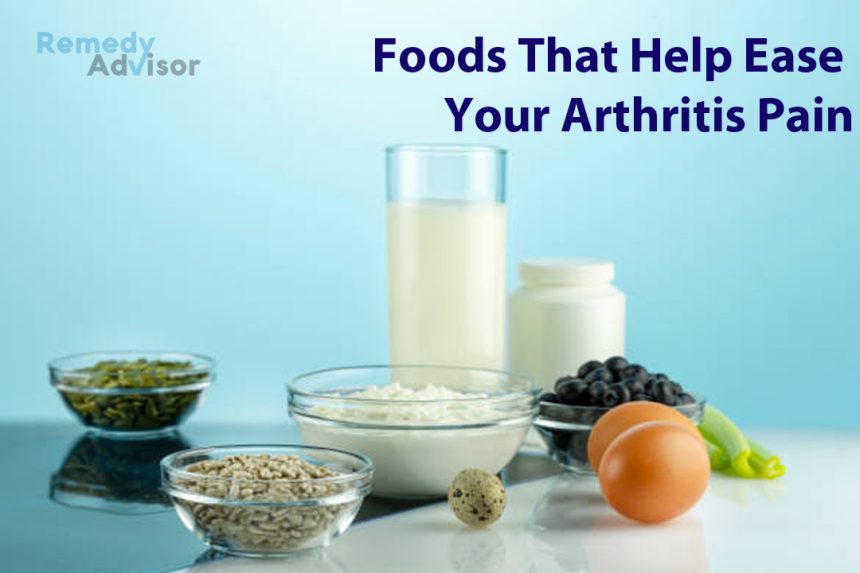If you have arthritis and think drugs are your only hope, think again. When scrupulously followed, a surprisingly simple diet plan has reduced arthritis symptoms for people all over the world. At least 13 major clinical studies have shown that this dietary approach works effectively.
Throw away your NSAIDS
The study’s subjects most of who had arthritis for many years reduced their use of non-steroidal anti-inflammatory drugs (NSAIDs), common arthritis medications. That means many, if not most, could stop taking them completely and all of the subjects could get along with less.
That’s pretty spectacular because NSAIDs have potentially severe side effects that get more serious over time. For example, they raise blood pressure and increase the risk of ulcers by about 15%. With long-term use, they can cause harm.
If you go on this diet, your arthritis discomfort should begin to abate within a couple of weeks.
Important: It will be three months before the diet has its full impact.
Rebalancing your body’s chemicals
Your goal is to create a better balance between two prostaglandins (hormone-like substances that your body cells make) so that you favor the one that reduces inflammation instead of the one that increases it.
The best way to decrease the harmful prostaglandin is with eicosapentaenoic acid (EPA). EPA is an omega-3 fatty acid found almost exclusively in the oils of fish and sea animals. Fish is good for you. It provides the most protein for the least number of calories and possesses the most healthful form of fat.
Caution: Most fast-food and frozen cooked fish contain ingredients that counteract the healthful effect by burying it beneath unhealthful deep-fried breading.
In restaurants, order baked, poached or broiled fish. Lemon juice is a tasty butter substitute.
Consume all the omega-3 oils you can
In addition to their inflammation-reducing properties, they also inhibit the development of arterial plaque that leads to heart disease and stroke. Good sources of omega-3 oils
- Fish especially deep-sea cold-water fish. Excellent: Salmon, herring, mackerel. Good: Bluefish, smelt, tuna and whitefish. If fresh fish are unavailable, eat frozen, canned or farmed fish (catfish, farm-raised rainbow trout, perch, cod and pike).
- Fish oil supplements sold in health food stores and drugstores.
- Flaxseed oil sold at health food stores and grocery stores. This powerhouse oil, which your body converts to EPA, is tasteless, golden yellow and easily added to foods such as hot or cold cereal, salad dressing, tuna salad or juice. One tablespoon or three capsules of flaxseed oil is equivalent to a one-gram EPA capsule.
Goal: Get at least three grams of EPA every day (five is better) in protein-rich fish and in capsules as food supplements.
Eating strategy
- Eat like a vegetarian but without limiting the amount of fish.
- Chicken (skin removed) is acceptable in moderation.
- Venison and rabbit are OK, but avoid all other meat. If you must indulge eat low-fat red meat no more than once a month.
- Cut back on milk and eggs except for skim milk and egg whites.
- Seek low-fat protein from vegetable products such as tofu.
A salmon a day: If you eat just one meal of salmon each day and no meat or animal products, you’ll feel better.
Caution: The nightshade plants tomatoes, potatoes, eggplant and red and green peppers cause inflammation for many, but not all, people with arthritis. To find out whether nightshades affect you, note in a food diary whenever you eat one nightshade, then don’t eat it for three or four days. If you get a reaction in your joints within eight hours, try the food again. Same result? Avoid that food indefinitely.
The weight game
Losing weight isn’t the whole anti-arthritis pain story, but it’s definitely an issue. Extra body weight makes arthritis worse not only in weight-bearing body areas, like the hips and knees, but also in common sites like the hands. No one is sure why.
The same is true for inflammatory disease in general, including migraine headaches, Crohn’s disease and multiple sclerosis.
Vitamins, minerals, fiber and more
Take multivitamin and up to 500 milligrams of vitamin C daily.
Every day, put color on your plate in the form of red, orange and yellow vegetables.
Certain substances that occur in some foods or are produced by the body are capable of stimulating an immune response against the membranes in the joints, exacerbating arthritis. To help your body excrete these substances, eat enough fiber to have a bowel movement every 24 to 36 hours.
Excellent sources of fiber
Whole grains, such as bran cereal and whole wheat bread fruits and vegetables. In addition, it helps to take a powdered fiber supplement, usually made from psyllium seed husks. Be sure to drink a lot of water when taking fiber supplements.
Don’t deep-fry stir-fry instead. When you cook with oil, use olive oil or canola oil. Peanut and soybean oils are acceptable but not as good. Avoid corn oil it helps the body make the bad prostaglandin.
Tracking everything you eat
Help your health care practitioner someone with interest and expertise in nutrition treat your arthritis with diet. Present the facts in a food diary. Record everything you eat and drink, the amount, the time and why you ate it (main meal, snacking, felt faint, social occasion).
Each morning and evening, describe how your arthritis feels.
Examples: Inflammation, pain, stiff hands, inability to open an applesauce jar.
At night, evaluate whether your diet was balanced that day whether you ate enough of the right stuff, too little or too much.
Bottom line: We eat an enormous amount of food in our lifetime one bite at a time. Make each bite work for you, not against you.







